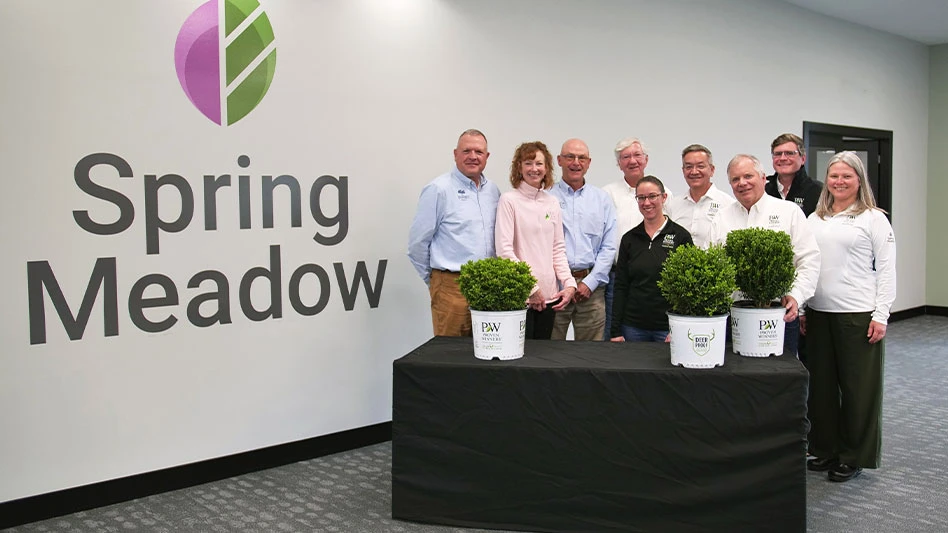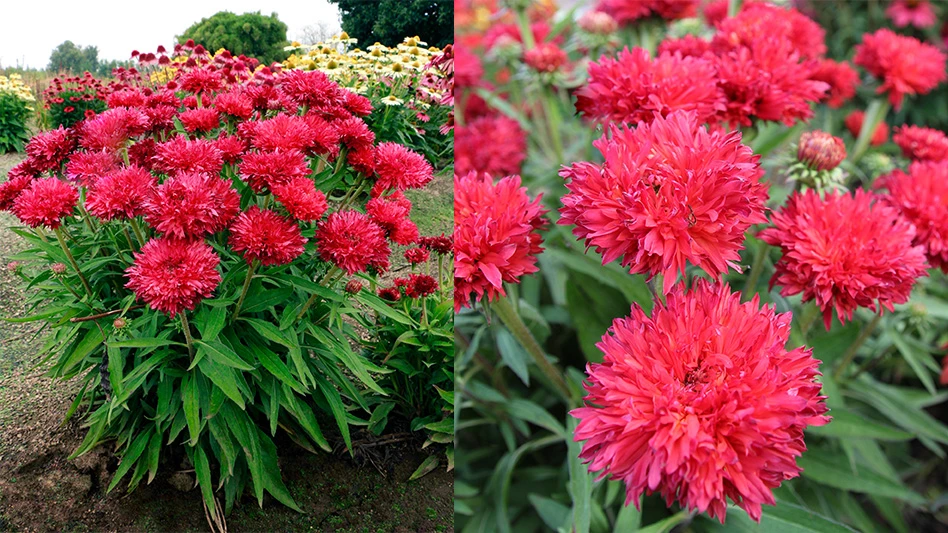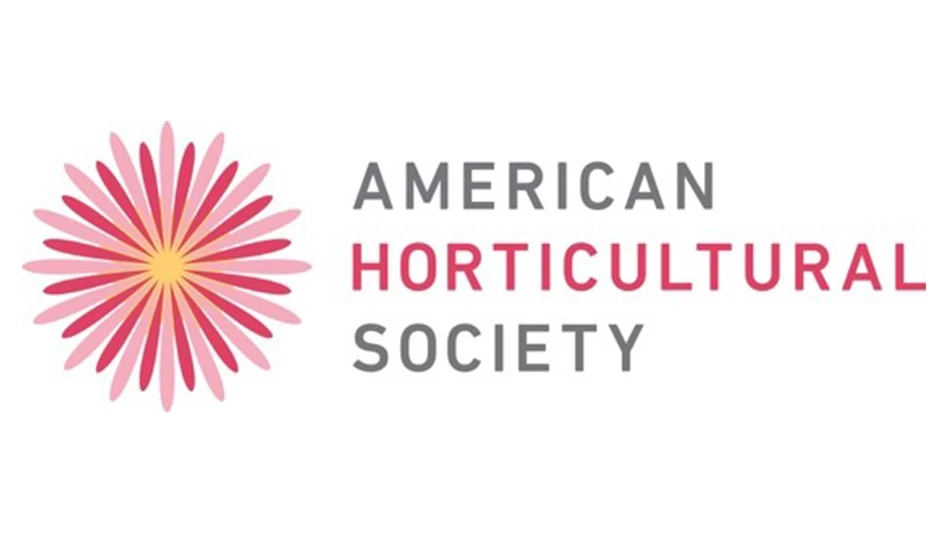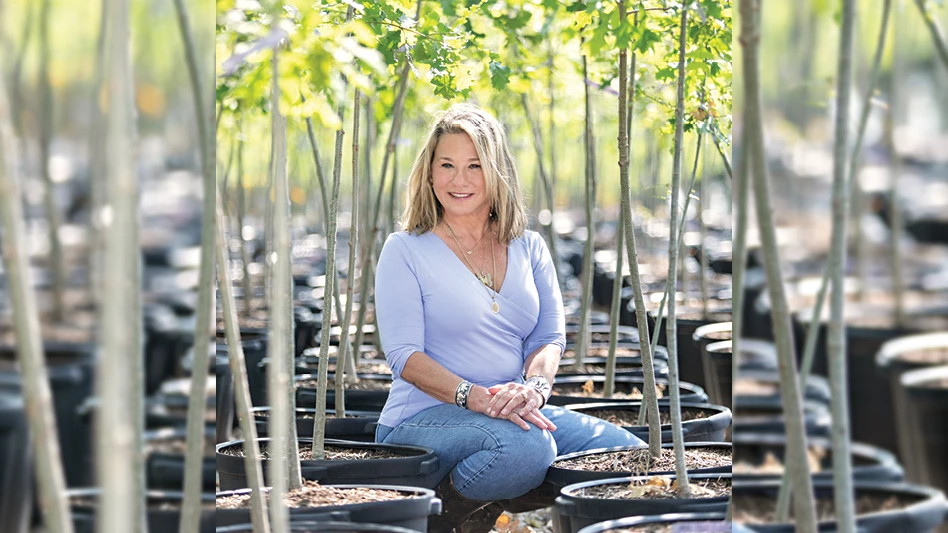As the proverb goes, “waste not, want not.” Meaning, if you use a commodity or resource carefully you’ll never be in need.
I believe that’s apropos to the nursery industry. With a new growing season upon us, April is the perfect time for planning — not just how we’ll tackle the myriad tasks that await us, but for a sustainable future.
Good leaders are always striving to become better. Looking at business practices through the lens of sustainability can help us do that. By managing inputs effectively, reducing waste and minimizing the nursery’s footprint, we can create a sustainable business that benefits our customers and the planet, as well as the bottom line.

Growing a healthy plant
From plant liners and plastic pots, to fertilizer, potting media, irrigation and fuel — even the energy used to heat our greenhouses — inputs are everything that goes into growing a healthy plant. When growers are meticulous in managing their resources, sustainability results. Waste’s costly financial and environmental consequences are averted.
Waste aversion at Loma Vista Nursery encompasses four key areas:
Input management: Efficiently managing resources to reduce waste and costs.
Shrink reduction: Minimizing waste through thoughtful planning and management.
Plant health: Prioritizing plant health to reduce loss and ensure plants fulfill their ecological roles.
Reuse and recycle: Implementing plans to reuse and recycle materials, reducing our overall footprint.
As we all are well aware, plants have a shelf life. Unsold items mean wasted resources in not only plants, but labor, soil, fertilizer, water and the like. Sustainability is woven into our annual sales forecast, which drives our production and propagation plans.
By aligning production with customer demand, we minimize the risk of growing plants that won’t sell, inevitably becoming wasteful. To ensure efficiencies, we continuously monitor and evaluate our cultural practices with an eye on our “waste not want not” practices. It’s a shift from “this is how we’ve always done it” to a mindset of ongoing improvement.
We use metrics and benchmarking to identify areas where we can minimize shrink and optimize our processes. (See “Measuring Up” in the October 2024 of Nursery Management.)
Of course, some things are beyond our control, like hailstorms that damage crops. So, we focus on what we can control like reducing product waste during broadcast spreading or ensuring our spray equipment is properly calibrated.
These practices save money and promote sustainability. So does moving ready-to-sell plants off the nursery as quickly as possible. As a wholesale grower, the best route for our plants is direct to the industry’s trade channels and then planted in a landscape. That is where our products can start doing good.
We’re all aware that plants benefit human and environmental health. Plants mitigate stormwater, cool buildings, prevent erosion and are a source of food and shelter for wildlife — all while beautifying spaces for public and private use. Raised sustainably, healthy plants benefit everyone.
Proactively practice sustainability
A sustainable business is often a financially healthy one. Looking at business management through the lens of sustainability can enhance overall financial performance. Better input management, less waste and reduced fuel consumption contribute to a healthier environment and a more sustainable operation.
Concerns about plant production products that harm pollinators as well as fertilizer runoff into water sources, single-use plastics and non-recyclable plant tags are not new issues to our industry or our customers. When plants are wasted, inputs that went into growing them are also wasted, which has the potential to negatively impact the environment. Wasted fertilizer, for example, can lead to runoff and improperly applied plant protection products can harm ecosystems.
But I believe we can, individually and collectively, make strides toward improvements. While we may not solve these issues single-handedly, by limiting or eliminating certain chemicals, recycling plastic waste and composting organic materials, we can control what we do in our own practices.
Because our industry operates under broad regulations, it’s crucial for businesses to proactively practice sustainability to avoid further restrictions. We follow label instructions for plant health products and seek additional guidance from manufacturers and vendors.
We engage with industry peers to review research, share best practices and develop internal waste reduction standards. This helps us mitigate shrink.
We control how we grow our plants and the effort we put into adopting sustainable practices. For example, advancements in biological controls for pests and diseases are promising. We stay updated on these technologies, trial them and integrate them into our growing practices.


Minimizing waste, maximizing efficiencies
Each of our numerous inputs — from plant liners to pre-emergent herbicides — represents a cost and a potential source of waste if not managed carefully. Shrink and scrap are materials that cannot be sold or used as intended. This includes plants lost to pests, diseases or overproduction, as well as waste of other inputs.
For example, we recently addressed potting media waste by capturing and reusing media that previously fell to the ground. We’ve also addressed waste from truck stacking materials that could be damaged during windy conditions. Using tools like Toyota’s 5S Production System for organization and productivity is crucial in minimizing waste and maximizing our efficiency administratively.
“Waste not, want not” is not just a proverb — it’s an essential principle for the nursery industry. Simply put, it’s maximizing efficiencies by minimizing resources. By being mindful of consumption and avoiding unnecessary waste, we achieve better results. Less waste translates into better financial outcomes.
According to Dr. Charlie Hall’s Index of Prices Paid by Growers, available to the industry through AmericanHort, input costs represent a substantial portion of sales — in fact, a whopping 67.8%. This leaves a narrow margin for overhead expenses, which is why careful input management is critical.
From 2018 to 2023, Loma Vista Nursery reduced its shrink from over 10% to under 5% of sales. During that period, our cost of goods sold decreased, our operating profit increased and our return on invested capital improved significantly. Decreasing shrink was a major factor in this positive financial performance.
We achieve this by actively reviewing and refining our standard operating procedures to identify and reduce waste. This includes growing plants that are appropriate for our growing conditions and infrastructure. We invest in new equipment technologies like smart sprayers. And we ensure that plastic waste is recycled.

Know your infrastructure
Through the lens of sustainability, we create company forecasts and production plans. Starting with a good plan is half the battle because over-production is the fastest way to waste inputs. We focus on growing plants suited to our specific conditions, avoiding the temptation to grow everything in high demand, regardless of its suitability to our nursery. For us, sticking to what grows in the infrastructure we have makes financial and sustainable sense.
Reducing costs in areas like freight and trucking can significantly improve our bottom line. By purchasing inputs from local suppliers, being flexible with shipping times and consolidating shipments, we reduce our costs and environmental footprint. By minimizing the use of resources and preventing pollution, we contribute to a healthier planet.
Sustainability is a core value at Loma Vista Nursery that we take seriously. We align our input purchases with our production plans. We track our inventory, how much input we purchase and how much is required for our work. We track input quantities and costs to ensure they match our output.
Knowing our numbers helps us make informed decisions about where to focus our resources. We call this our “pencil to paper” process — meticulously measuring waste to identify areas for improvement. We also measure shrink, whether it’s plants or other inputs. (See “Shrink Happens” in the October 2023 issue of Nursery Management.)
Caring about waste is baked into our company’s culture. We know “waste not, want not” impacts the bottom line because we practice it every day. To ensure it’s maintained, we train on it, rewarding sustainable results through our employee profit sharing program. Our team understands that a healthy company bottom line benefits people, planet and profits.
Lyndsi Oestmann is president of Loma Vista Nursery, a family legacy business founded in 1991 by her father, Mark Clear. Loma Vista Nursery produces a full line of containers and field grown plant material. Its 310-acre wholesale container production facility is located in Ottawa, Kansas, and its 650 acre in-ground tree farm is located near Lawrence, Kansas. Lyndsi and her team are active participants in the horticulture industry. She served as an AmericanHort board member from 2021-2024. In 2023, “Leadership Playbook” received a Golden Trumpet Award from the Publicity Club of Chicago.
This article appeared in the April 2025 issue of Nursery Management magazine under the headline "Waste not, want not."

Explore the April 2025 Issue
Check out more from this issue and find your next story to read.




